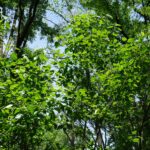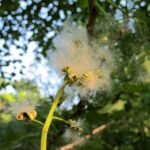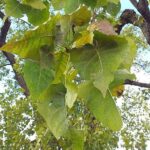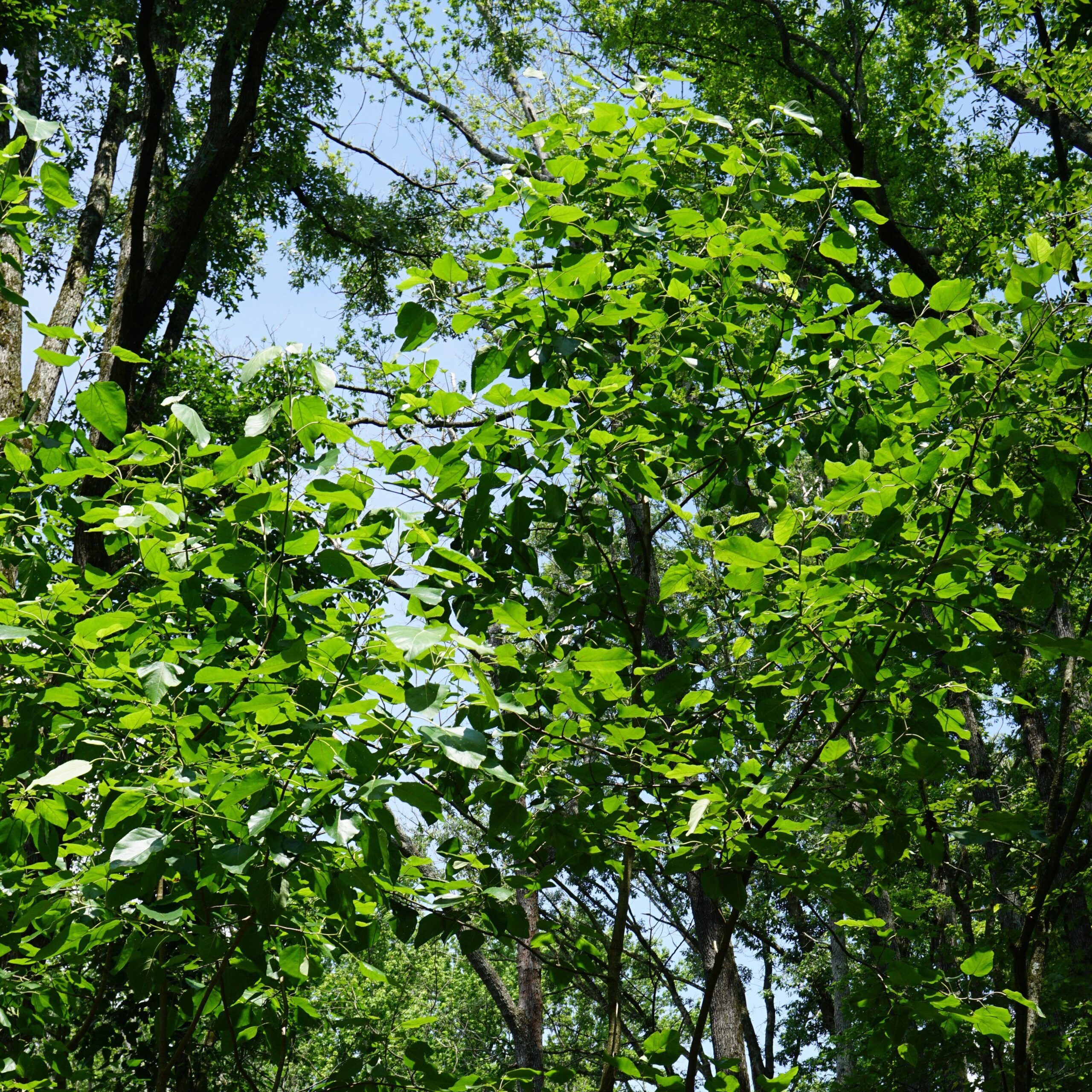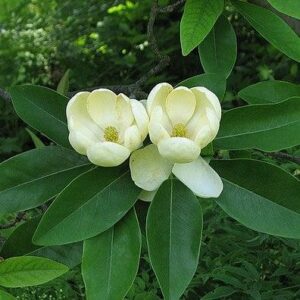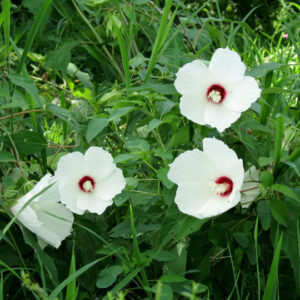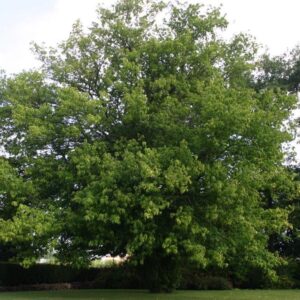The Swamp Cottonwood, scientifically known as Populus heterophylla, is a deciduous tree native to the southeastern United States. Here’s some information about the Swamp Cottonwood:
-
Appearance: The Swamp Cottonwood is a medium to large-sized tree that can reach heights of 60 to 100 feet (18 to 30 meters). It has a straight trunk and a broad, open crown. The leaves are triangular or heart-shaped, with serrated edges and a glossy green color. In the fall, they turn yellow before dropping.
-
Habitat: As the name suggests, the Swamp Cottonwood is typically found in wetland areas such as swamps, floodplains, and along riverbanks. It prefers moist to wet soil conditions and can tolerate periodic flooding.
-
Tolerance: This tree is well-adapted to wet environments and can withstand periods of standing water. It is also relatively tolerant of various soil types, including clay and sandy soils.
|
Type: |
Tree |
|
Origins: |
Southeast N. America; GA Native |
|
Height: |
60′ – 100′ |
|
Spread: |
30′ – 50’ |
|
Spacing: |
40’ |
|
USDA Hardiness Zone: |
5 – 9 |
|
Culture: |
Full Sun |
|
Bloom Color: |
White |
|
Season of Interest: |
Fall, Year-Round |
MAINTENANCE NEEDS: Medium Maintenance. Susceptible to a number of pests and diseases, including cankers, leaf spots, and cottonwood borers. It’s also worth noting that the cottony seeds can be a nuisance in residential areas.
LANDSCAPE USES: Accents or Group Plantings, Borders, Woodland Gardens, Wildlife Garden, Naturalized Areas, and Shade Tree.
COMPANION PLANTS: Iris, Buttonbush, Passumhaw
IMAGES: Kristine Paulus from New York, United States, Populus heterophylla seeds, CC BY 2.0, (2) Payton Chung from DCA, USA, Populus heterophylla foliage, East Potomac Park, CC BY 2.0
*As plants have ranges in appearance they may not appear as the images shown.

